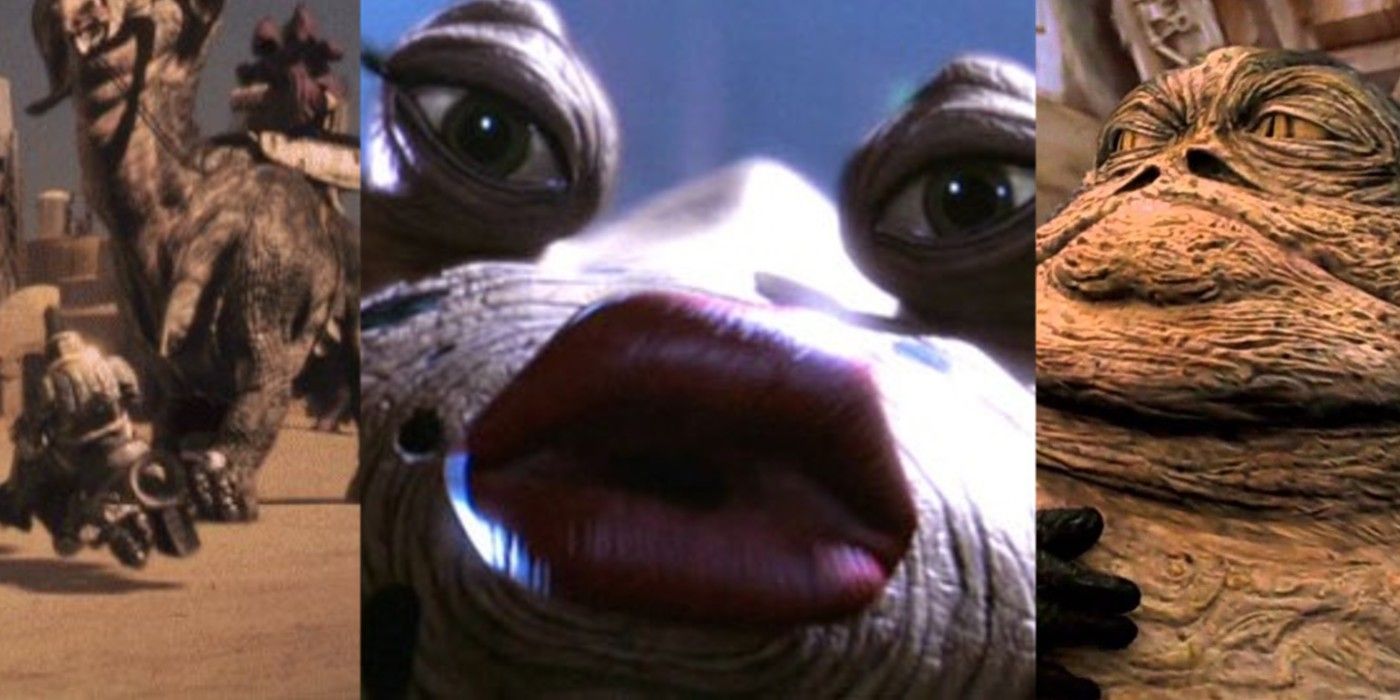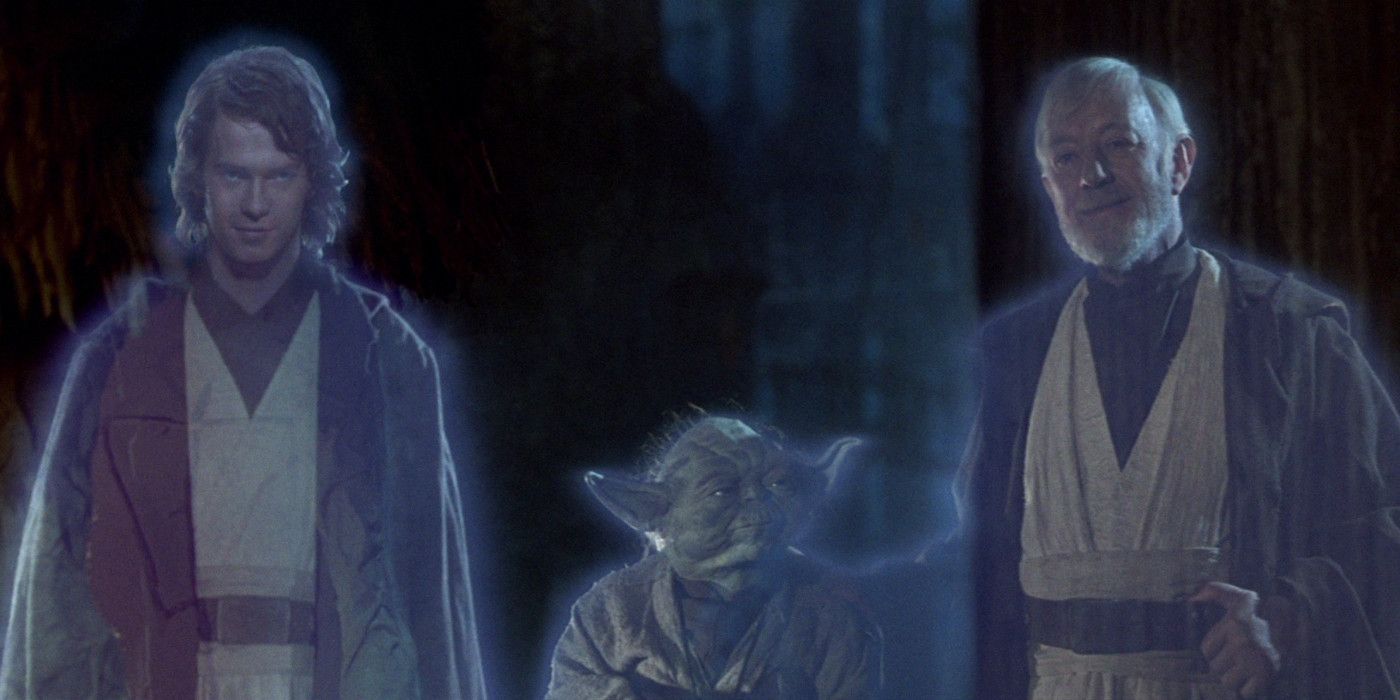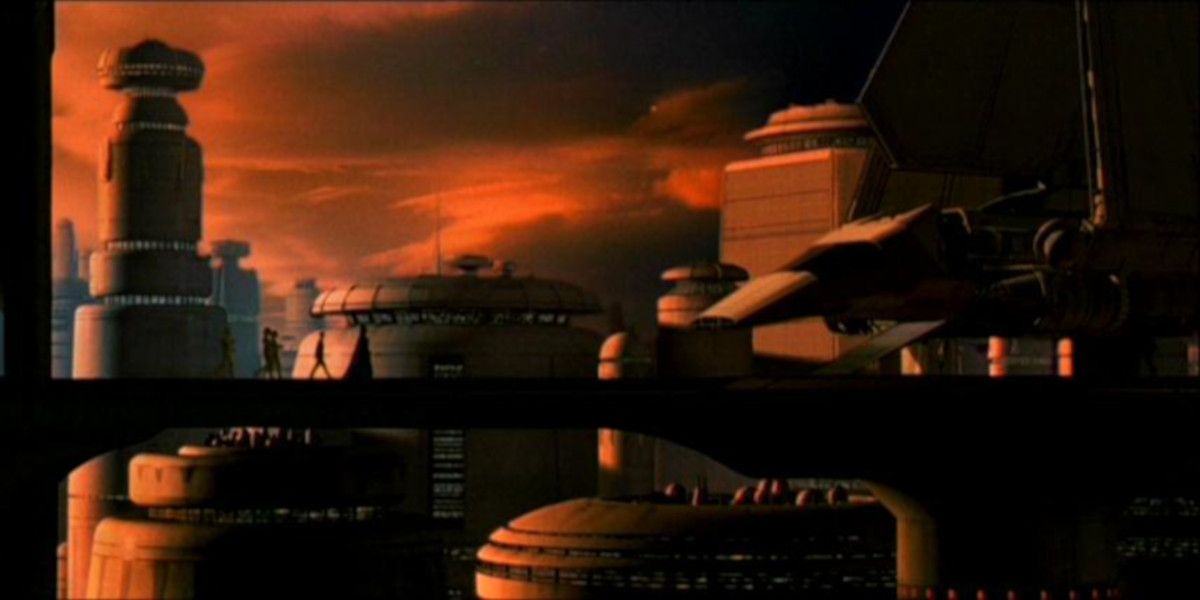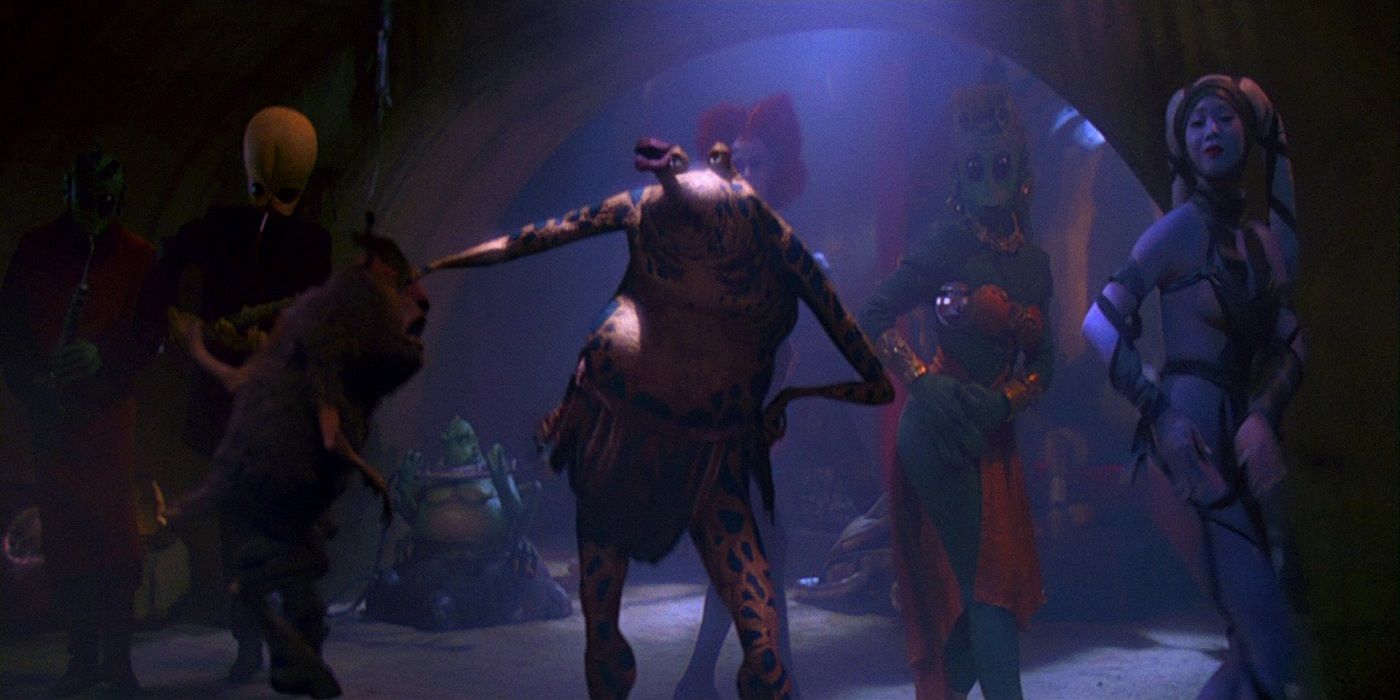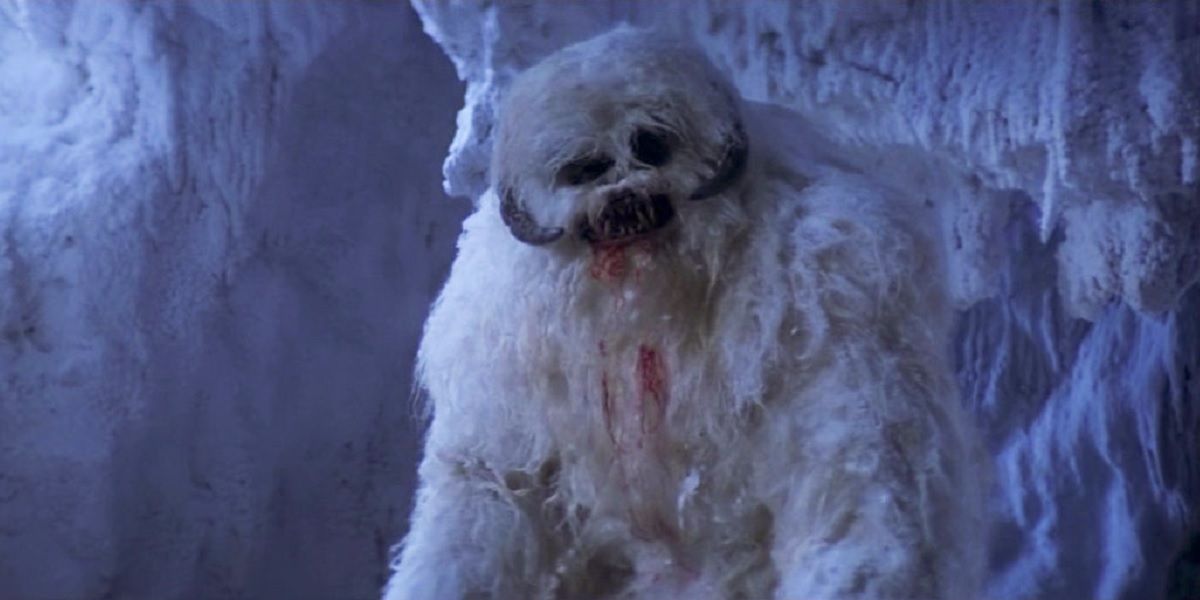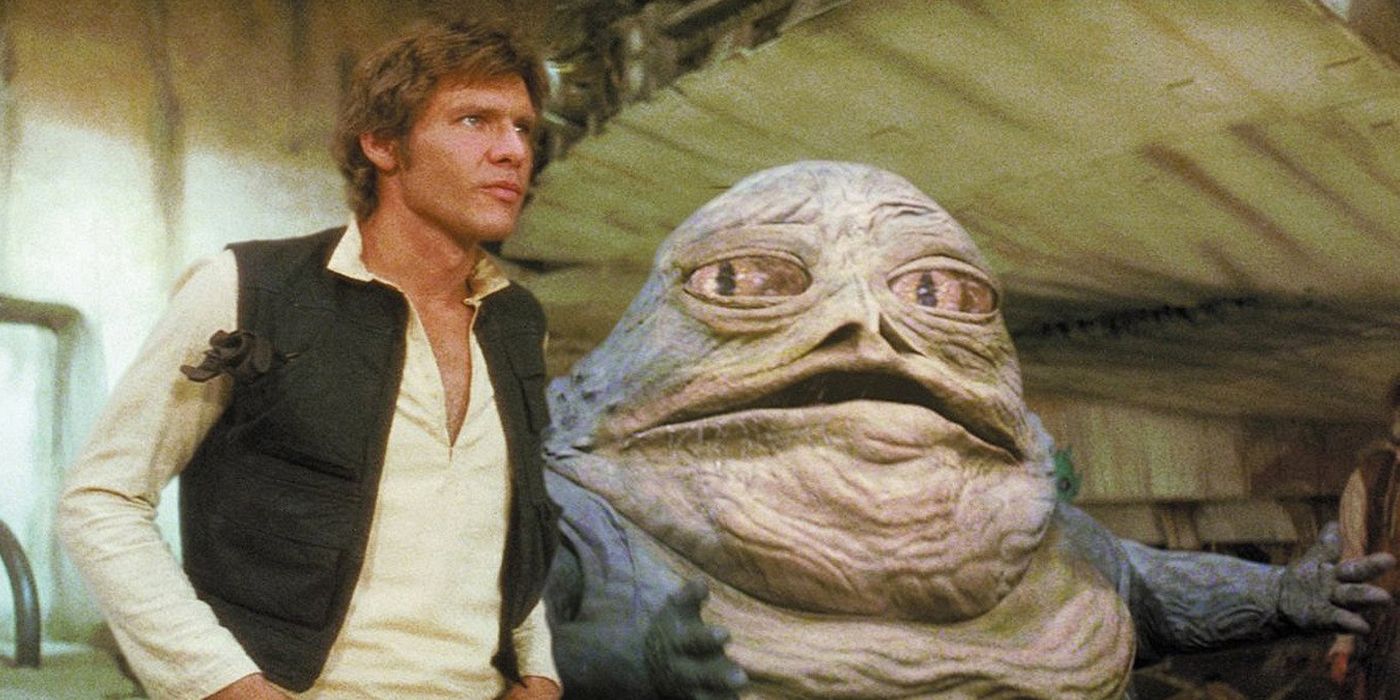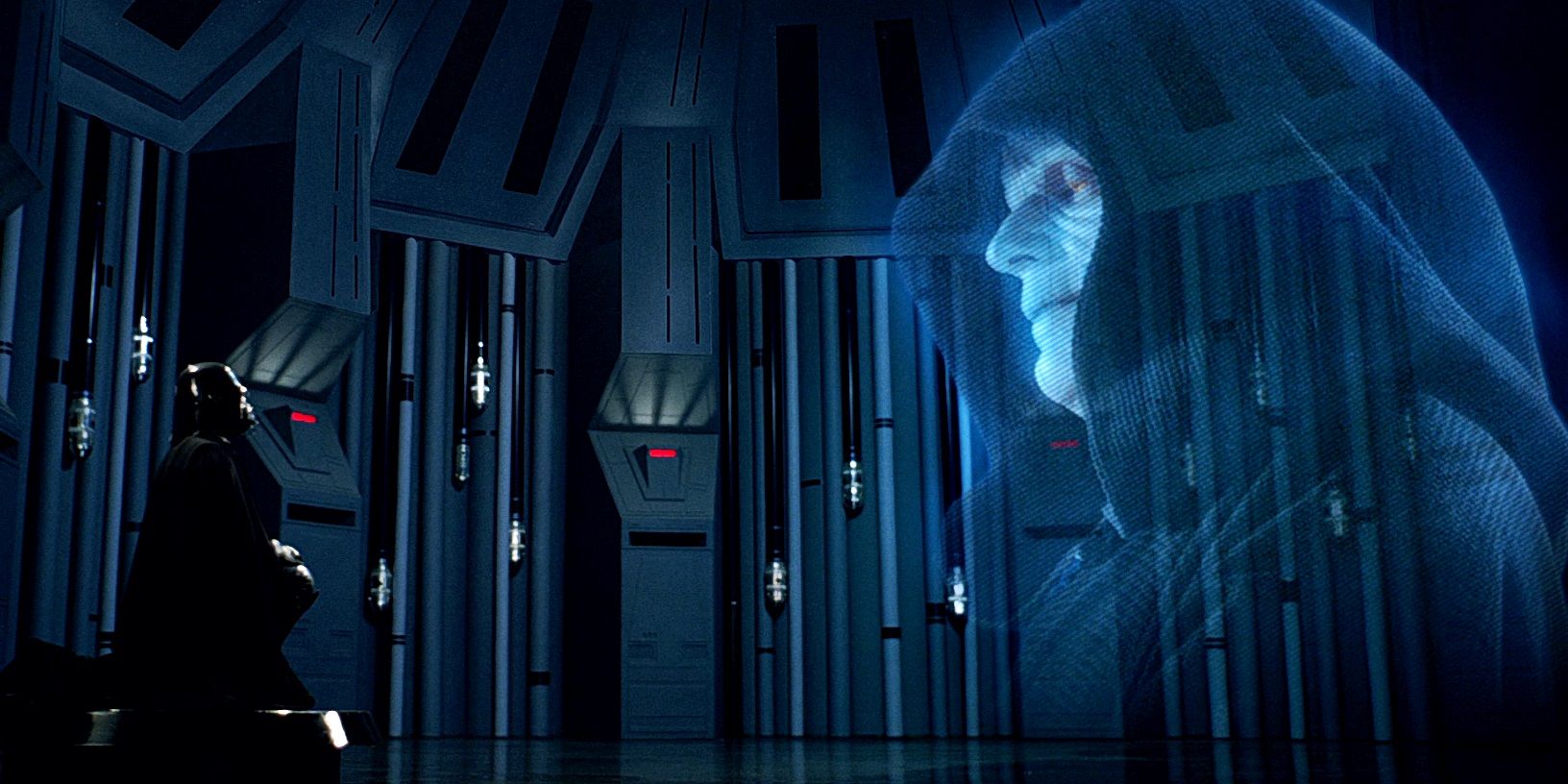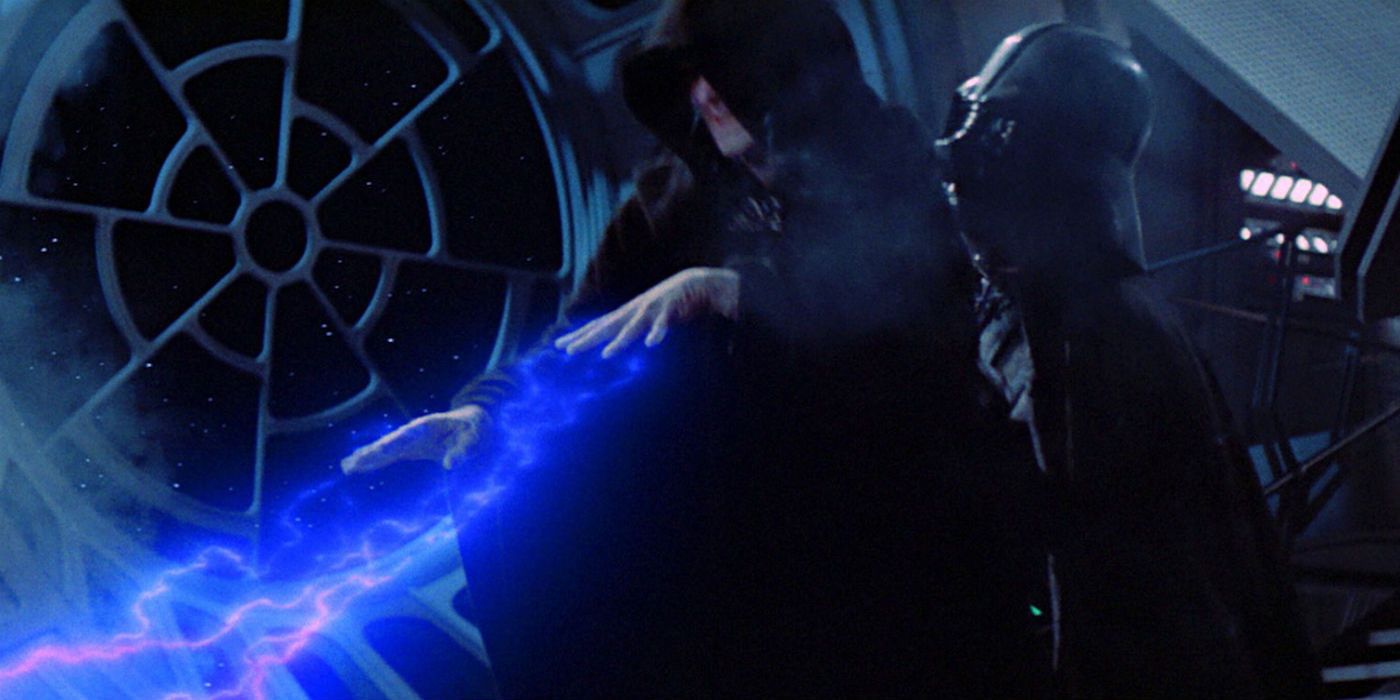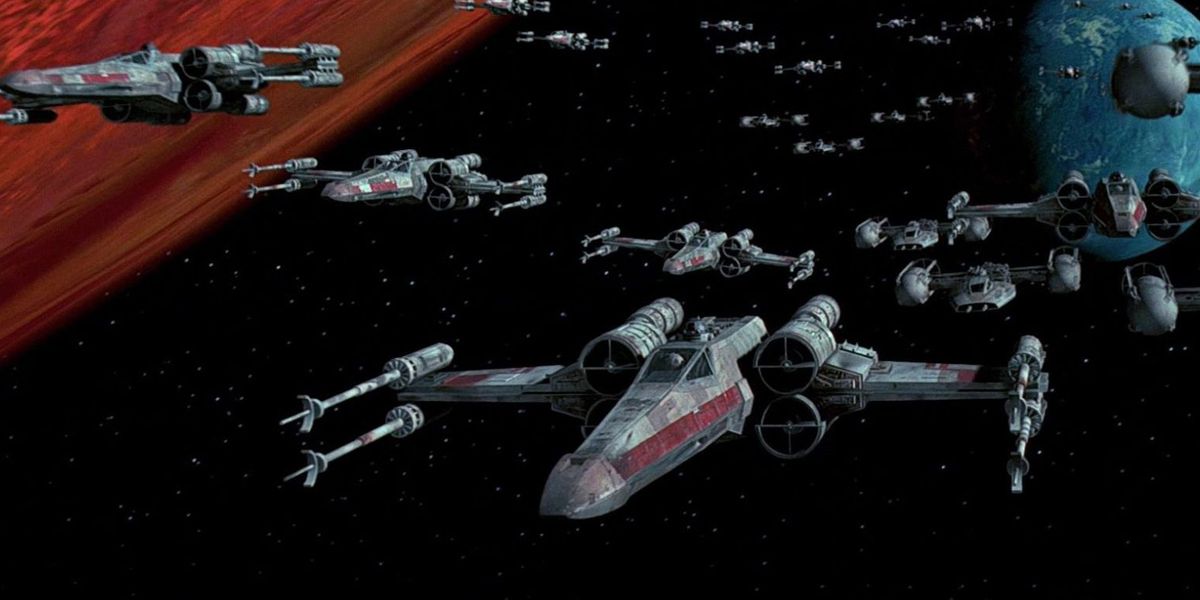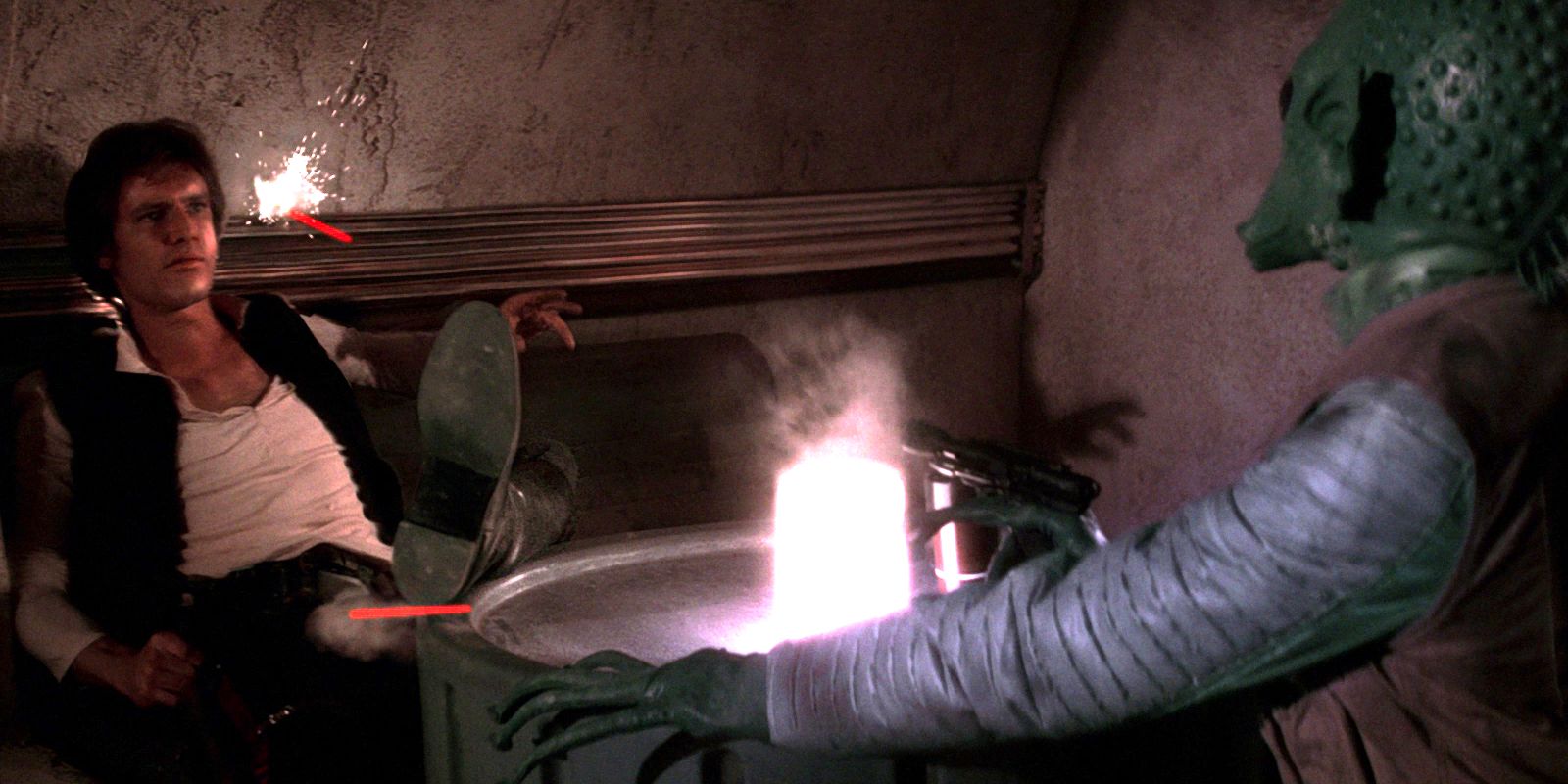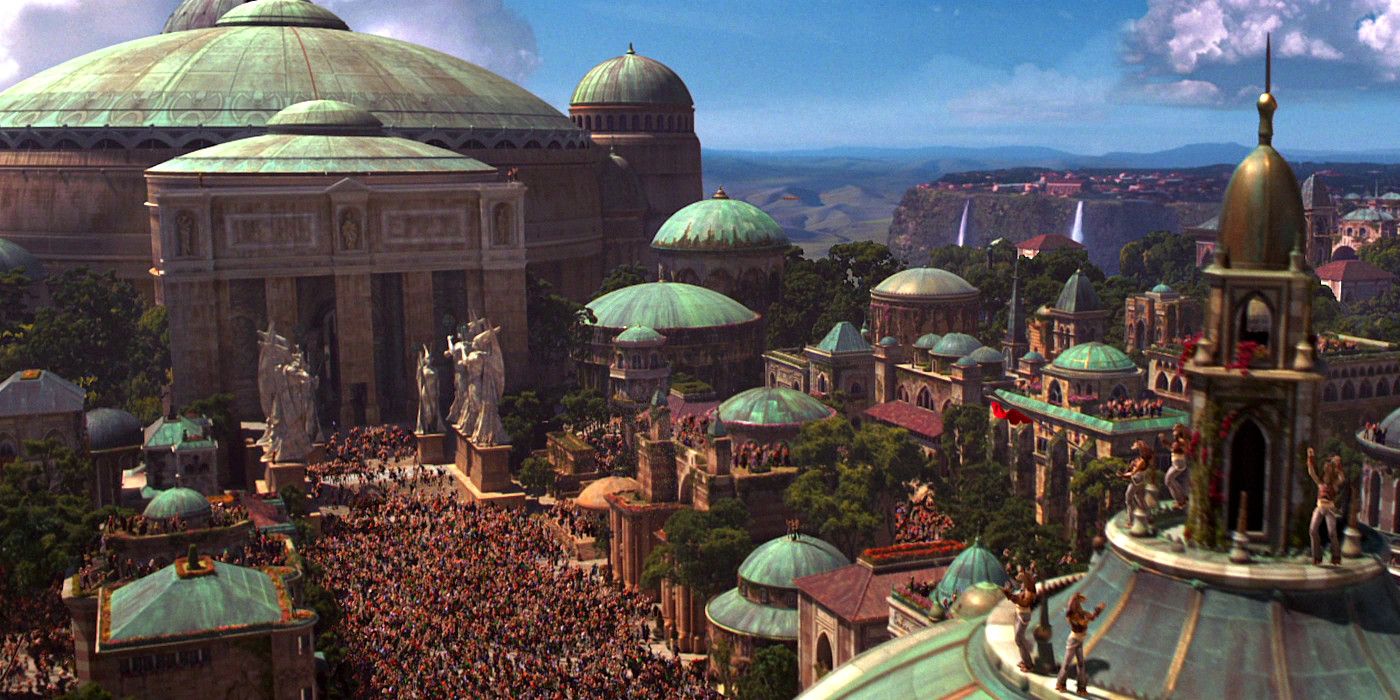The original Star Wars films have undergone more changes than pretty much any other big screen trilogy in history. Although creator George Lucas started tinkering with the first three flicks almost from the get-go, things really ramped up with 1997’s Special Edition 20th anniversary re-releases. Despite fan backlash, Lucas continued to make controversial modifications to A New Hope, The Empire Strikes Back and Return of the Jedi with each subsequent home release, until he finally sold the property to Disney in 2012.
In fairness to Lucas, not all of these alterations were that bad. In addition to a series of minor cosmetic tweaks that corrected various special effects issues (which nobody seems to complain about), there were other, more drastic changes that we’d argue really count as upgrades. That said, now that the House of Mouse is calling the shots on Star Wars, there are several revisions from the Special Edition-era and beyond that we’d gladly see rolled back.
Reversed – Anakin’s Youthful Force Ghost
On the one hand, we totally get why George Lucas replaced the likeness of Sebastian Shaw with that of Hayden Christensen when Anakin Skywalker’s Force Ghost materializes in Return of the Jedi. After all, we spend a lot more time getting to know the younger Chosen One played by Christensen in the prequels than we do Shaw’s aged incarnation.
But ultimately, this well-intentioned attempt to connect the prequel and original trilogies is embarrassingly clumsy. For starters, the logic involved is straight-up broken: if Anakin “died” spiritually in Revenge of the Sith and was “reborn” upon entering the afterlife, how was his redemption even possible? Then there’s Christensen’s performance in the scene, which trades Shaw’s benign smile for a creepy smirk that’s just plain wrong.
Kept – Cloud City Vistas
The Empire Strikes Back is widely regarded as the best entry in the original Star Wars trilogy (if not the entire saga), so it’s hardly surprising that it was subjected to the least noticeable changes. Yet there are still several significant alterations on display here, besides the extensive fixes the Industrial Light & Magic crew made to many of the visual effects.
The most notable and (well-executed adjustments are those made to the Cloud City locations. Whereas before we barely glimpsed the floating metropolis that Lando Calrissian calls home, now we’re treated to several extended views of its dream-like cityscape. These new shots — alongside the addition of windows and balconies in existing shots — really open up Cloud City, erasing the claustrophobic atmosphere created by the original sets.
Reversed – Jedi Rocks
Confession time: we’re secretly kinda onboard with George Lucas trying to shoehorn a full-blown musical number into Return of the Jedi. Sure, it sounds crazy on paper, but the intercutting between the Max Rebo Band jamming and the demise of slave girl Oola is pretty slick.
However, the CGI employed to bring alien vocalists Sy Snootles and Joh Yowza to life hasn’t aged well —and the all-digital pair don’t really blend in with the practical creature effects surrounding them. There’s also a problem with the pacing here: incorporating the “Jedi Rocks” performance early on slows the movie down to a crawl, and Return of the Jedi doesn’t exactly race out of the blocks as it is…
Kept – The Wampa Scene
Continuing the trend of new material in The Empire Strikes Back being the most seamless, the Special Edition’s expanded take on Luke’s escape from the Wampa is a real improvement. Sure, the way the scene shakes down in the theatrical cut is solid enough; there’s something to be said for its Jaws-like vibe, which relies on the viewer’s imagination to be effective.
But there’s value in actually seeing the Wampa too, and the extra moments filmed for the 1997 re-release blend in imperceptibly with the footage from nearly 20 years prior. Let’s also not forget that there’s already a similar “unseen menace” set piece in A New Hope — when the tentacled dianoga terrorizes our heroes in the Death Star trash compactor — so we don’t really need another.
Reversed – Jabba Confronts Han Solo
Admittedly, some Star Wars fans support George Lucas’ decision to restore the scene of Jabba the Hutt confronting Han Solo in A New Hope, but we really can’t see why. Sure, it introduces one of the original trilogy’s major supporting antagonists ahead of his more prominent role in Return of the Jedi. But the reality is, this is a perfect example of redundant storytelling, which probably explains why it was excised from the original theatrical edit.
Think about it — we don’t learn anything here that isn’t covered during Han’s showdown with Greedo only moments earlier – so what’s the point? Let’s also not ignore how cringeworthy the CG-rendered space slug looks, and even though the 2004 home release addresses this with an overhauled character model, it’d take more than a digital facelift to make this scene worthwhile…
Kept – The Emperor’s Hologram
Much like the scene in the Wampa’s cave we mentioned earlier, both versions of Emperor Palpatine’s next-gen conference call with Darth Vader in The Empire Strikes Back work just fine. But purely from a continuity standpoint, we’re far more keen on the amended iteration first presented in the 2004 DVD release.
It’s not that the shadowy Emperor who debuted in theaters back in 1980 isn’t creepy, or that voice actor Clive Revill’s performance isn’t suitably ominous. It’s just that this version of the evil galactic overlord only vaguely resembles the character as portrayed by Ian McDiarmid from Return of the Jedi onward. Indeed, McDiarmid’s take on the character is so iconic that we’ll always opt for the genuine article.
Reversed – Vader Screaming “No!”
More than any other change on this list, Darth Vader bellowing “No!” repeatedly during the climax of Return of the Jedi is the one Star Wars re-release changes we’d desperately like to see undone. Honestly, we can live with virtually all the other havoc Lucas has wrought on his creation.
But this clumsy prequel trilogy/original trilogy bridging effort, which mirrors a much-lampooned scene in Revenge of the Sith, utterly ruins Vader’s once-powerful moment of silent heroism. It’s so bad, it honestly makes us reluctant to ever re-visit Return of the Jedi.
Kept – The Rebel Squadron Approaches The Death Star
The interstellar dogfights in the first Star Wars flick were groundbreaking in 1977 and still hold up remarkably well today. Even so, our hot take is that every single shot where George Lucas and the digital effects wizards at ILM substituted a CGI starship in place of a model in A New Hope is an unequivocal step up.
Nowhere is this more apparent than during the Death Star battle that closes out the movie. Not only are the digital X-Wings and Y-Wings indistinguishable from their practical counterparts in most shots, but they’re capable of doing things that were impossible decades earlier. From Rebel pilots shifting in their cockpits to the smooth motion of the fighters as they commence their attacking run, everything is just that little bit more convincing.
Reversed – Greedo Shoots First
Bounty hunter Greedo popping off a shot at Han Solo before being lit up by the roguish smuggler in A New Hope has become the poster child for everything wrong with Star Wars: Special Edition. It’s not hard to see why, either.
For starters, nothing about the reworked scene is realistic. Although the unnatural dodging motion added to Harrison Ford’s head has been finessed with each re-release, it’s still implausible that a hired gun like Greedo could miss the mark at point-blank range.
More importantly, though, recasting the scene so that Han acts in self-defense seriously undermines his character arc. By downplaying Han’s more unsavory traits, his evolution from a cold-blooded mercenary type into a reluctant hero barely registers, which is a real shame.
Kept – The Galaxy-Wide Celebration Montage
So far, we’ve taken George Lucas to task over his botched attempts at linking the prequel and original Star Wars trilogies — but he does get it right some of the time. Take the montage of planets tacked onto the end of Return of the Jedi. The CGI is largely unobtrusive, while the additional material enhances to the narrative of the wider saga without breaking the film’s narrative flow.
Indeed, by taking us on a brief tour of the worlds we’ve visited across the first six episodes as they celebrate the Empire’s downfall, Lucas economically conveys the impact that the Rebellion’s victory has had throughout the wider galaxy. Aside from all this, composer John Williams wisely substitutes in a new closing track that is markedly better than the previous piece featuring an Ewok choir, further helping to earn this altered ending an unqualified thumbs up.

